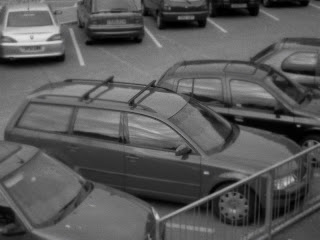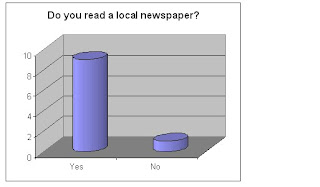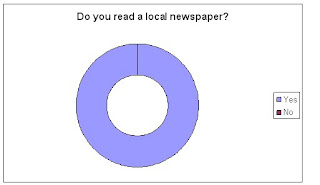To make up stories for this part we decided to take some of the most common stories found in local newspapers that would relate to readers and make them into our own.
We split this side pannel into 4 sections so we would have to find 4 different stories to fill it up.
The first story we choose was to do one about a strick and choose trains as we thought it would relate to readers. We came up with " Train workersLook at a further strike for third time this year" We also found that a common convention with this was putting the page numbers next to it. The pages that these stories were found on were never directly at the begining or the end but somewhere in the middle, so this is what we decided to do, and choose it to be on page 4.
The second story that we decided to do was something about swine flu as it is quite a major topic for some people but we still wanted to relate it to being local as it was going to be in a local newspaper. We came up with "Local pharmacy providing false drugs for swine flu" and decided to put this on page 5.
The third story we came up with was a crime story as from the research that we did, this is what people liked to read about. The story that we went with was "Drunken yobs smash house windows along streets". We put this story on page 7
The final story we used was just about something that had happened in the local town of Portishead. We came up with " Young girl hit by tractor when playing in local field" and we put this one of page 9.

 To get us started on some headlines that we could come up with for our story, we researched some to find out how long they were and what sort of language that they used.
To get us started on some headlines that we could come up with for our story, we researched some to find out how long they were and what sort of language that they used. 














































